October 13, 2011
Caterpillars to love with Meredith O’Reilly from Great Stems!
Last week we taped the Bulverde/Spring Branch library’s glorious butterfly garden.
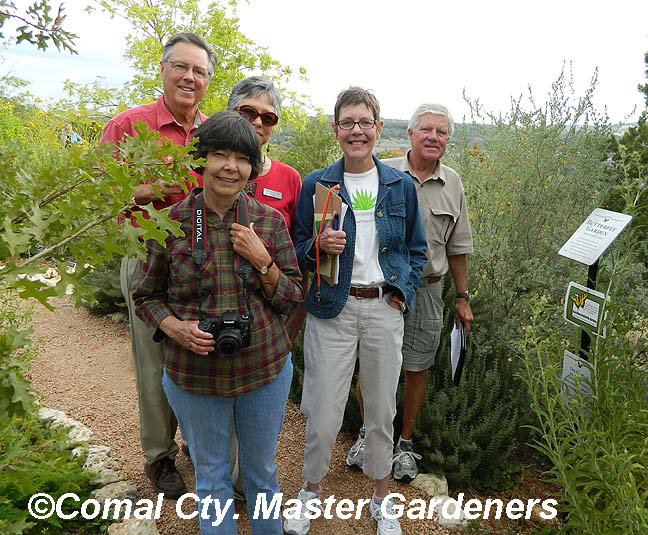
Designed and maintained by the Friends of the Library and the Comal County Master Gardeners, this tribute to all wildlife will air in 2012. They tell me that children head straight for the garden, promptly identifying eggs, caterpillars, chrysalids, moths and butterflies, thanks to Charlotte Trussell’s photographic gallery and the books inside.
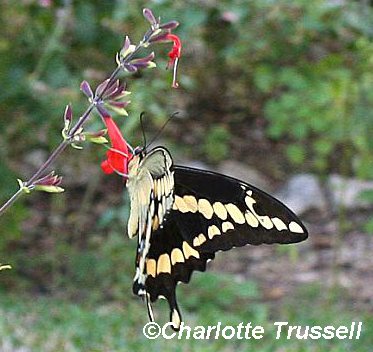
I wonder: Do children find such rapture in caterpillars because they recognize a kindred spirit: a pint-sized creature with an appetite the size of the moon? Though this Pipevine swallowtail butterfly caterpillar prefers Dutchman’s Pipe to peanut butter sandwiches!
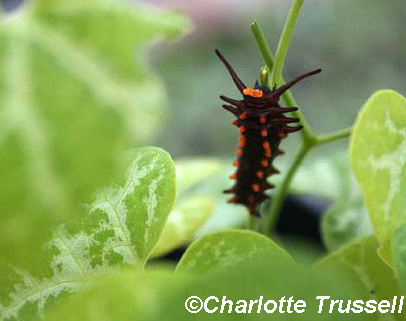
Do children somehow know that with each bite, little ones are one step closer to the magical transformation to adulthood? Here’s the Pipevine swallowtail laying her eggs on Dutchman’s pipe.
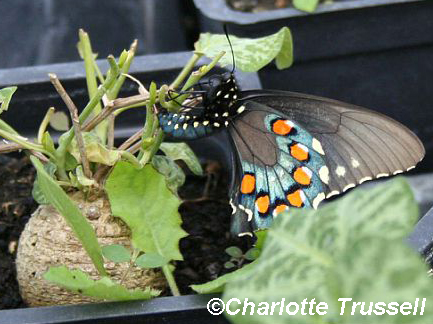
(Well, that transformation is easier for butterflies than for most of us. Some parents would note that their teens enter a “chrysalis” until it’s time to leave home!)
But sorry to say, on that road to adulthood, some of us disconnect from that early enchantment and only see something eating our plants.
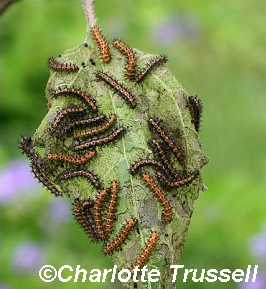
But the Bordered Patch caterpillers that dine on our sunflowers and Wedelia texana (Zexmenia) turn into the butterflies that brighten our day as nectaring adults. This one’s on my Wedelia. We simply have to accept the “terrible twos” and teenagers!
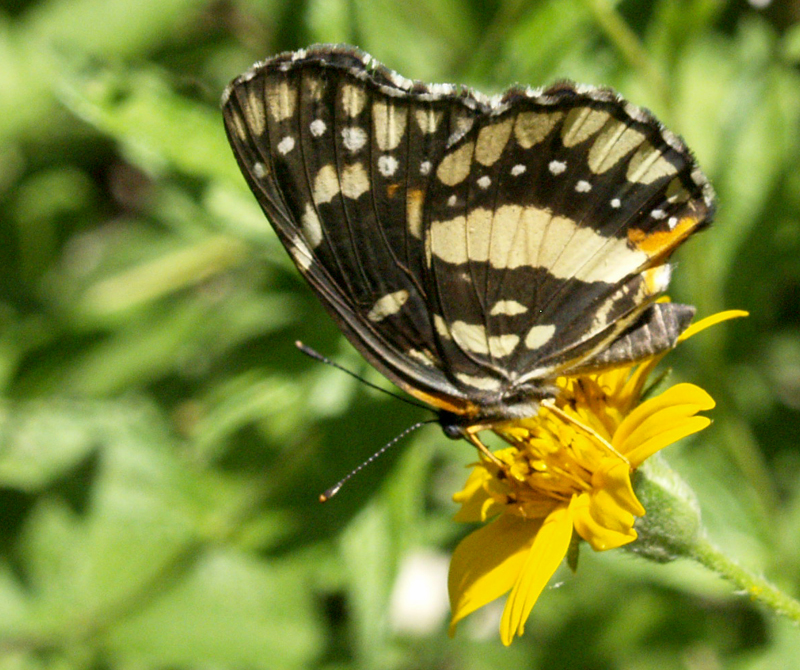
Most gardeners are familiar with this Gulf Fritillary on my passionvine, and we welcome their birth in our gardens as home-grown butterflies.
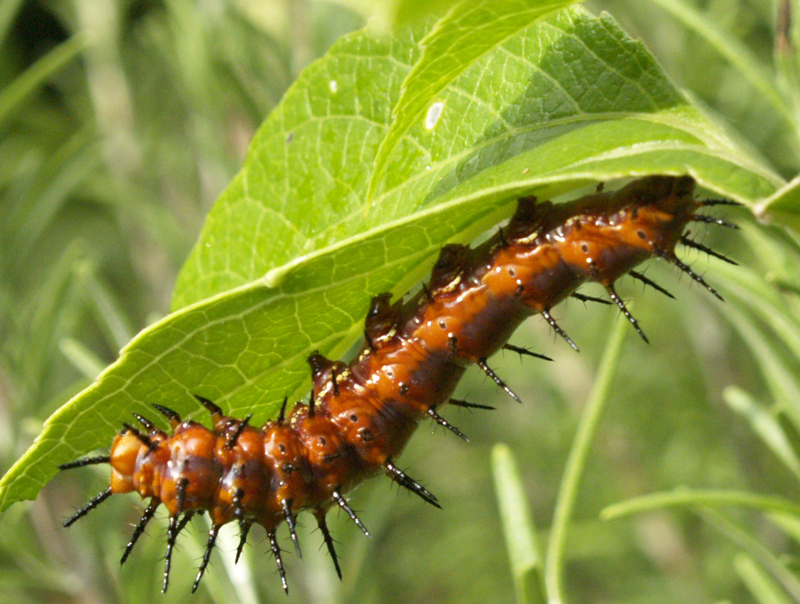
But do you know the moth that lays her eggs on your Mexican plum?
This week on CTG, find out when Tom meets with National Wildlife Federation Habitat Steward Meredith O’Reilly. She selects a few plants that adult butterflies and moths target to lay their eggs.
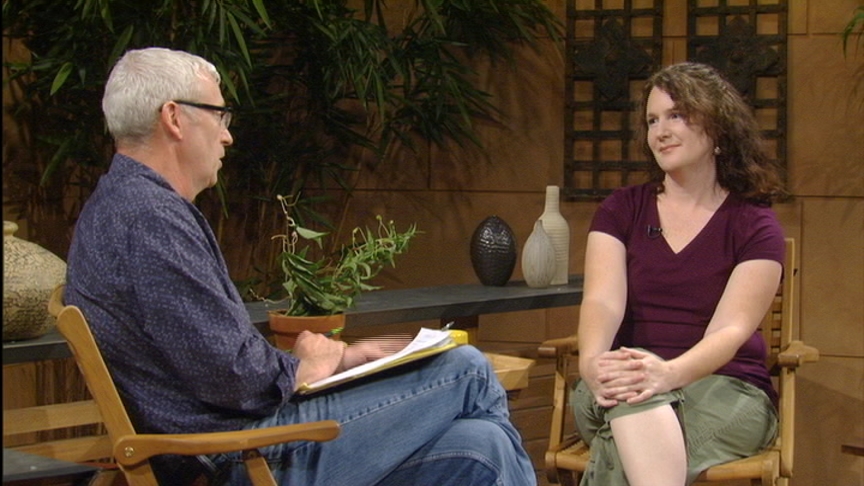
For a sneak peek, the Cecropia moth lays its eggs on your Mexican plum. Thanks to Dan Hardy from the Austin Butterfly Forum for these pictures!
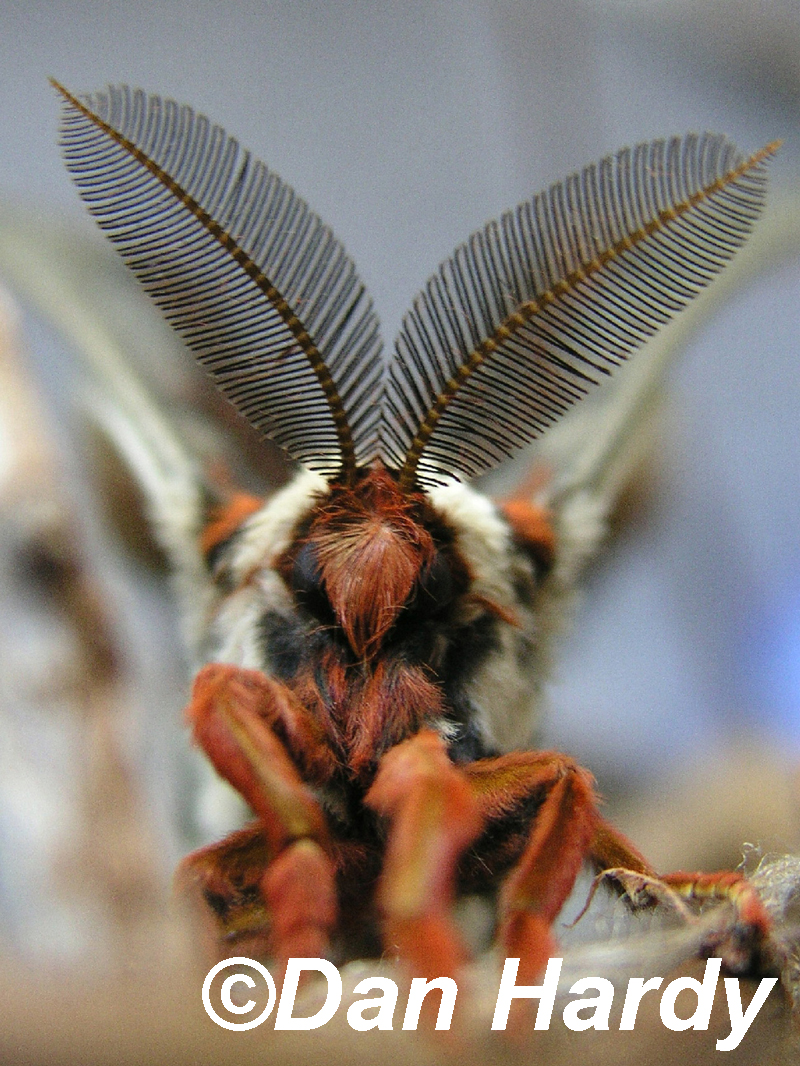
Here’s the “teenager.”
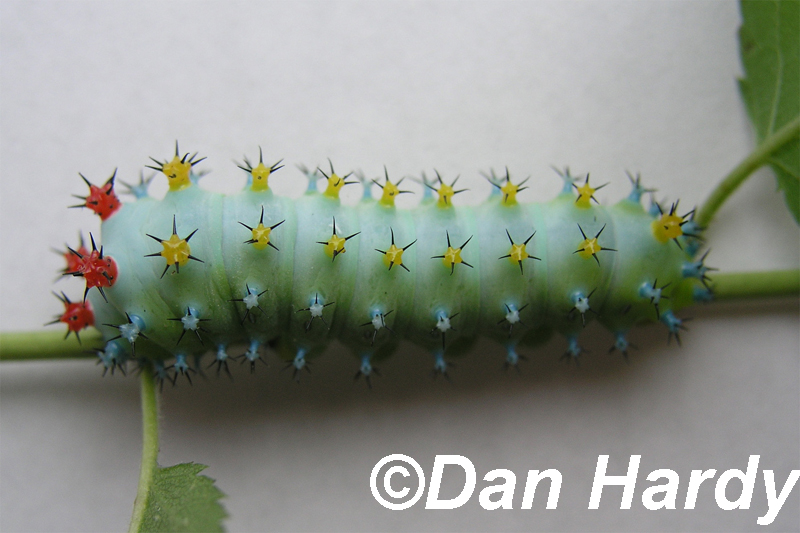
Adult butterflies and bees nectar on Mexican plum’s early spring flowers, and birds dine on its later fruits.
The Giant swallowtail hones in on native wafer ash (Ptelea trifoliata) to raise its young.
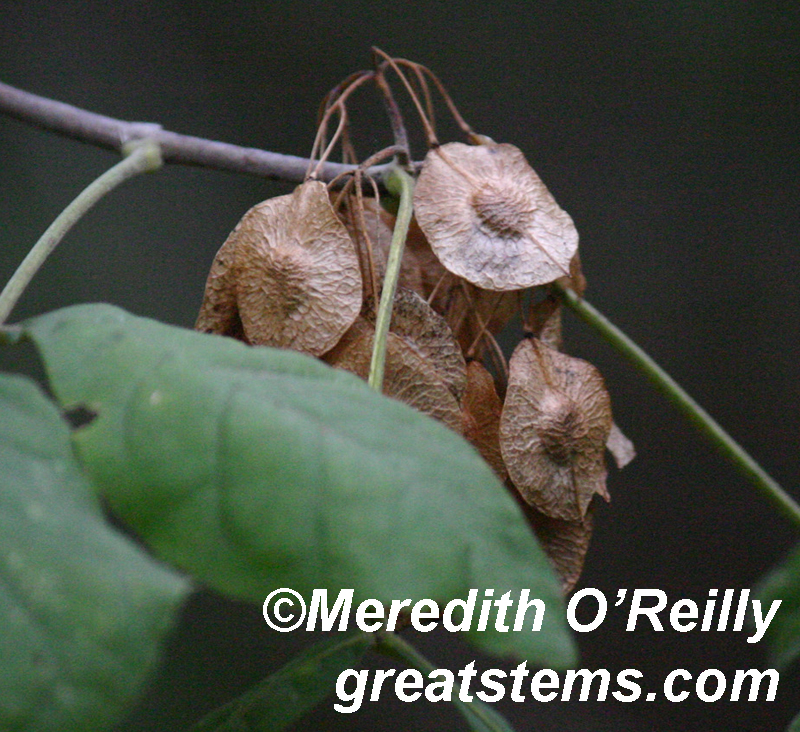
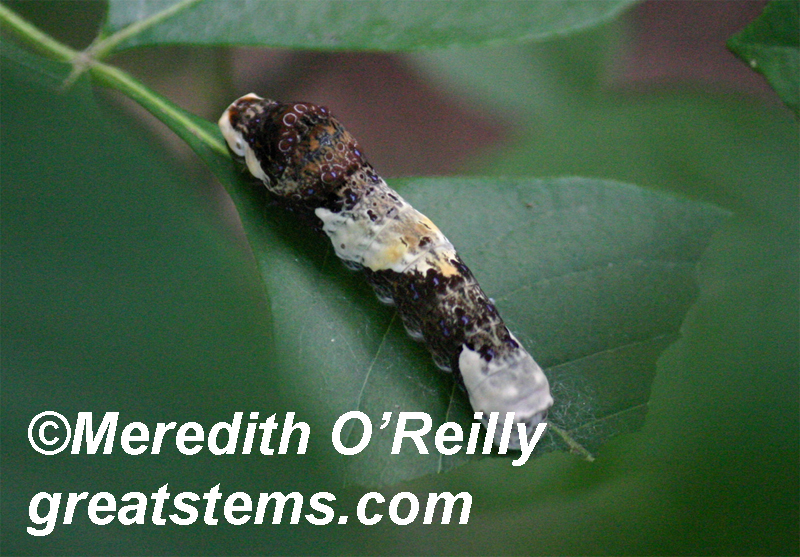
Giant swallowtails nectar on many plants, including native coneflower.
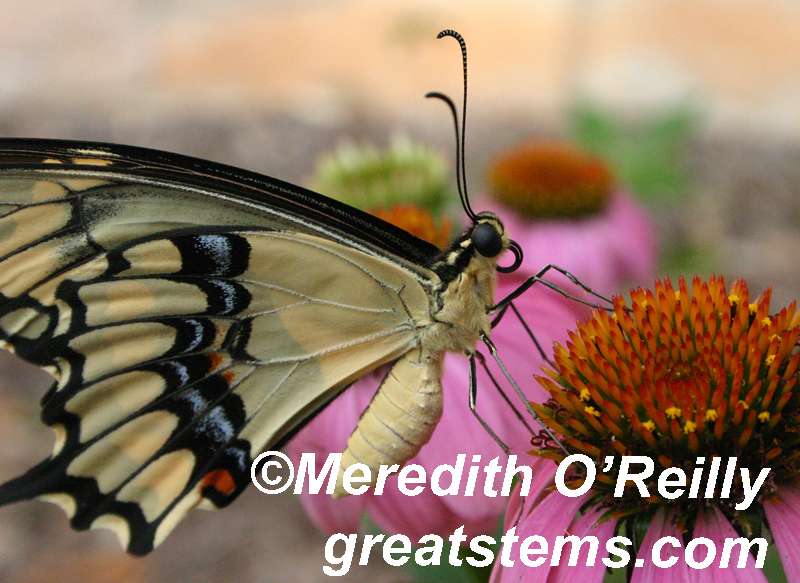
And your native coral honeysuckle feeds the larvae of the beautiful Snowberry Clearwing moth.
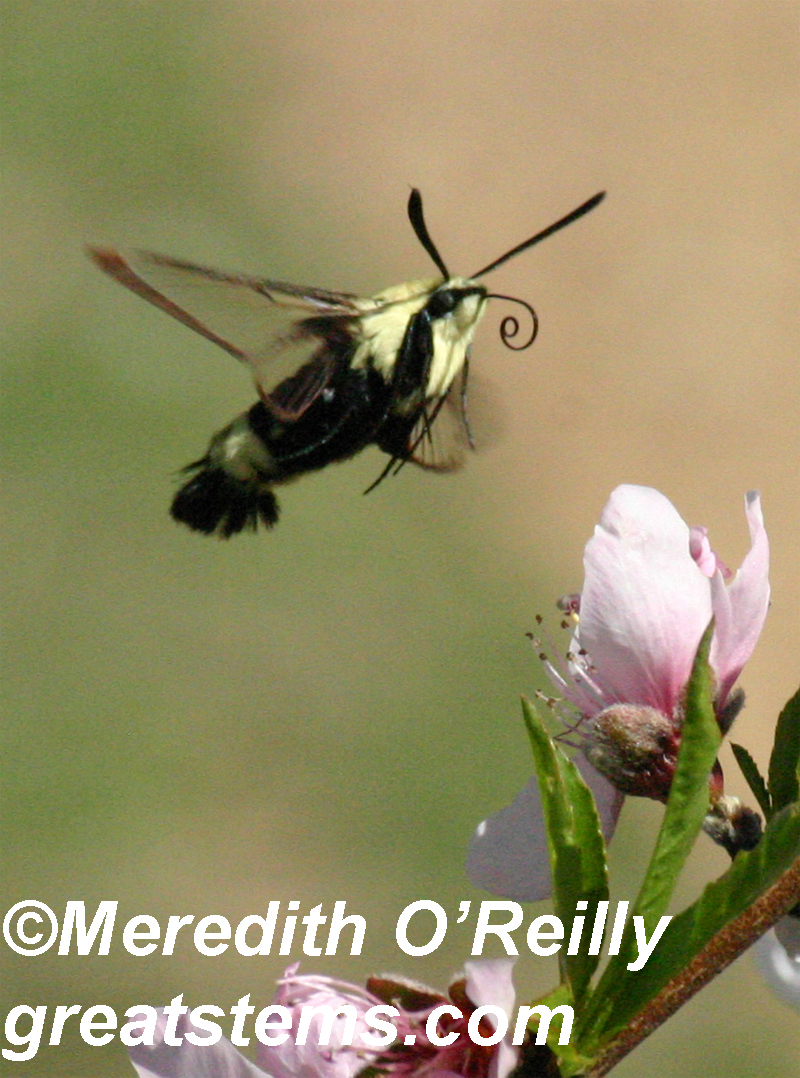
Get Meredith’s CTG list here. And check out her outstanding photo gallery and wildlife secrets at her blog, Great Stems! Both of us have learned a lot from The Austin Butterfly Forum. You can too, with plant lists for nectar and larval plants, meetings and much more!
Here’s a link to Austin’s Habitat Steward site. It’s booked up for this season, but check in with them to join this outstanding program in the future.
On tour, see how Betty Ronga turned a hilltop in Leander into a butterfly, bee, and bird sanctuary. When she and husband Gerald built their house of two dreams, she wanted her garden to be heavenly for wildlife, too. Along with their food, shelter, and water, she and Gerald dine on organic vegetables and her orchard fruits. Meander with them along the open bluff and intimate a front courtyard of fragrance, color, and Mexican art. Oh, yes, check out Gerald’s swing in his golf putting green, where golf and gardening unite in this house of two dreams!
Since we’re heading into planting prime time for shrubs and trees, Daphne’s pick of the week is an evergreen drought-tough native: Goldenball leadtree (Leucaena retusa).
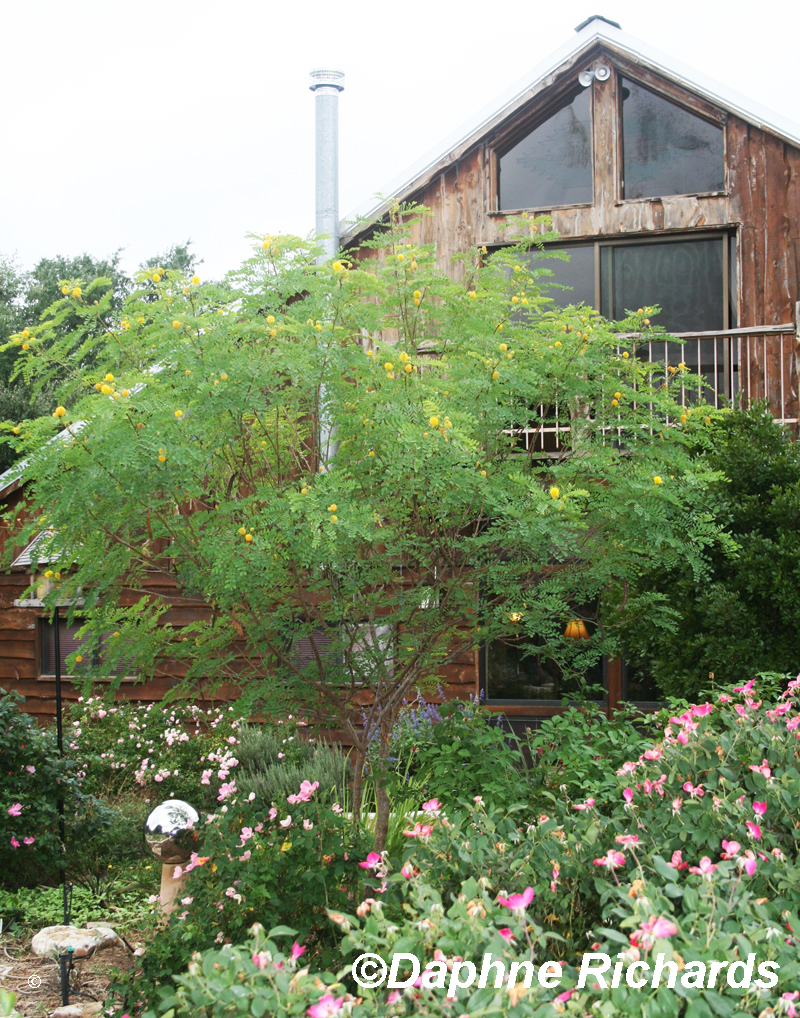
Daphne notes: “I find that its wispy, light-green divided leaves instill a sense of peace in a light breeze. It is quite a delicate specimen when compared to our more beefy trees, and it looks great in the garden if given a place all its own, to stand out and be a focal point. It also looks lovely when accompanied by smaller shrubs as accents.”
From late spring to fall, its sweetly fragrant flowers attract many butterflies and bees.
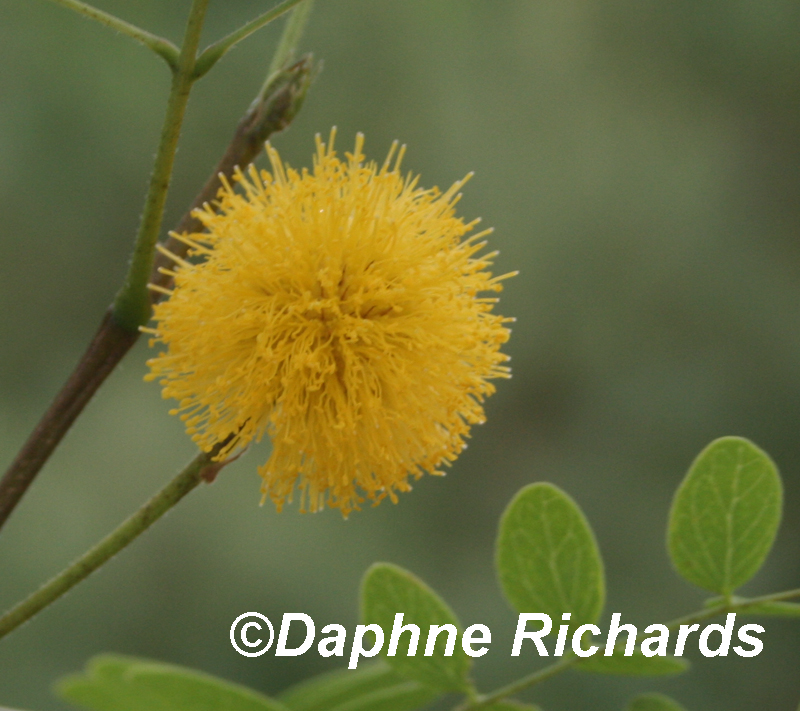
Normally it grows to 15’ tall and 5-10’ wide, but can get larger.
That leads to viewer Aimee Casper’s great question this week: the plant tag on her crape myrtle says one thing, but online resources say another. How do you know how big it really gets? Get Daphne’s answer.
Update: Aimee noted that the plant tag on a new Tecoma Stans (Esperanza/yellow bells) says 3-4’, but she knows the same one can grow to 8’ in her garden. A few years ago, when we had all that summer rain, my turk’s caps grew up to my nose. So, as Daphne notes: grower provenance, weather, soil, and water make a huge difference!
As we head back out to our chores, it’s a ton easier with a well-stocked garden bag. It’s a real pain to be running back to the house or the shed for something you need at hand. This week, Trisha reveals what you’ll find in her garden bag, plus her trick for taming unruly twine!
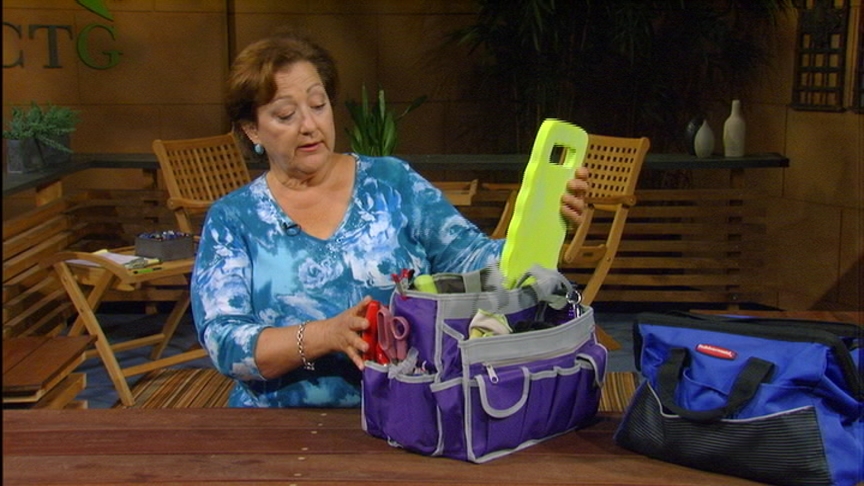
CTG would love to see how you tote your tools and what you include! Send you pictures & list to me for future CTGs. llehmusvirta@klru.org .
Augie’s Pet of the Week: Donkeys Julian and Rose at from Dorsey and Susan at Hausbar Farms!
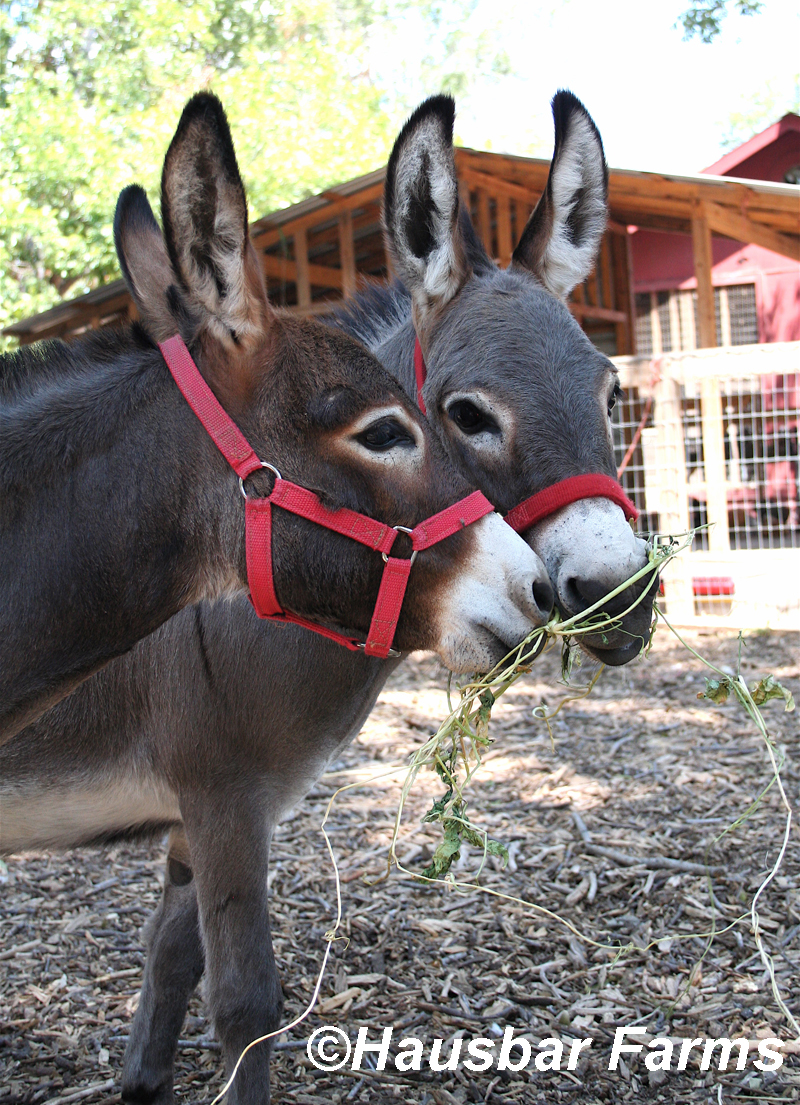
Dorsey Barger writes, “Our two baby donkeys Julian and Rose are wonderful friends who also help in the gardens. They keep the pastures mowed, eat crop residues, and provide very high quality compost material in return.” That compost fuels the organic food for your dining experience at Eastside Cafe!
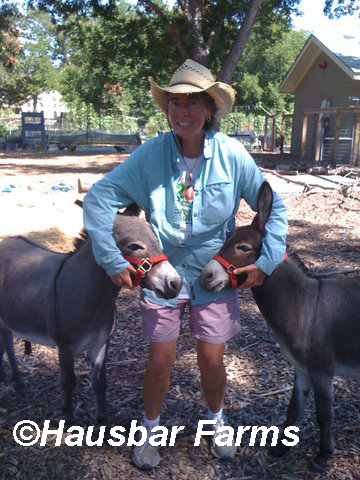
Until next week!
Linda







